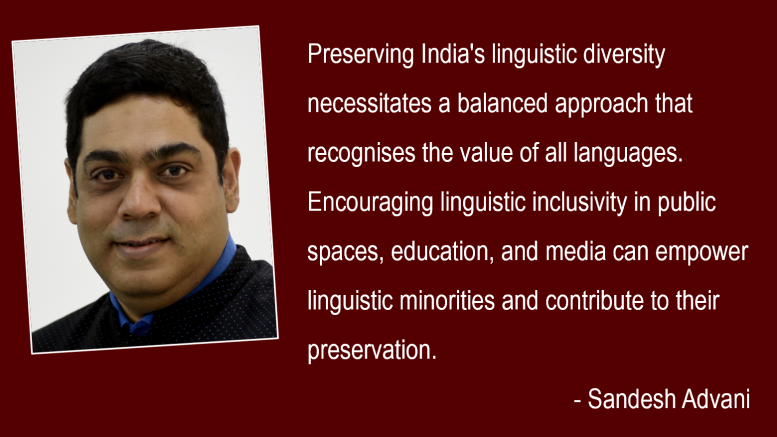India, a mosaic of cultures, traditions, and beliefs, proudly wears its linguistic diversity as a badge of honour. With over 1,600 languages spoken nationwide, India is a testament to the richness and complexity of language diversity. This linguistic kaleidoscope reflects the country’s heritage and plays a pivotal role in shaping communication dynamics and societal fabric.
Significance of Language Diversity
In India, language is more than a mode of communication; it is deeply intertwined with identity, heritage, and cultural roots. Each linguistic community contributes to the vibrant tapestry that defines the nation. From Hindi, Bengali, and Tamil to Gujarati, Punjabi, and Malayalam, every language embodies a unique heritage, literature, and ethos.
The diversity of languages enables Indians to preserve their cultural legacy and fosters a sense of belonging among communities. It acts as a bridge that connects people within regions and serves as a conduit for cultural exchange and expression.
Impact on Effective Communication
While language diversity is a source of pride, it challenges effective communication. In a multilingual society like India, language barriers can impede seamless interaction, especially in governance, education, and commerce domains. Communication gaps may hinder access to information, services, and opportunities for those who speak lesser-known or regional languages.
Addressing Language Barriers
Efforts to address language barriers have been multifaceted. Adopting a multilingual approach in education and administration aims to accommodate linguistic diversity. Governments have implemented policies promoting the use of multiple languages in official communication and education to ensure inclusivity and access for all linguistic groups.
Additionally, technological advancements have facilitated language translation and interpretation services, breaking down barriers by enabling communication across languages. Digital platforms and applications now offer translation features that facilitate communication between speakers of different languages.
Role of Multilingualism in Fostering Unity and Understanding
Amidst the challenges posed by linguistic diversity, multilingualism emerges as a unifying force. Indians often learn multiple languages due to regional diversity or as part of a cosmopolitan upbringing. This multilingual environment fosters a sense of empathy, tolerance, and respect for diverse linguistic and cultural backgrounds.
Moreover, multilingualism nurtures a sense of interconnectedness and understanding among communities. It encourages individuals to appreciate different perspectives, embrace diversity, and cultivate a more inclusive society.
Challenges and Opportunities
Despite the advantages, maintaining linguistic diversity poses challenges. Some languages face the threat of extinction due to a lack of preservation efforts and dwindling speaker populations. The dominance of certain languages in media, education, and governance can also marginalise smaller linguistic communities, posing a risk to their survival.
However, language preservation, documentation, and revitalisation initiatives have gained momentum. Organisations and linguistic communities are working towards preserving endangered languages through documentation, education programs, and cultural initiatives.
Preserving the Essence of Linguistic Diversity
Preserving India’s linguistic diversity necessitates a balanced approach that recognises the value of all languages. Encouraging linguistic inclusivity in public spaces, education, and media can empower linguistic minorities and contribute to their preservation.
Promoting an environment where individuals are encouraged to learn and appreciate different languages can nurture a sense of unity amid diversity. Celebrating linguistic festivals, promoting literature, and cultural exchanges across linguistic lines can foster mutual respect and understanding.
Conclusion
In India’s multifaceted tapestry, language diversity is a hallmark of the nation’s identity. While it presents challenges in effective communication, it is a reservoir of cultural heritage and a testament to unity amid diversity. Embracing multilingualism enriches individual experiences and strengthens the social fabric by fostering inclusivity, empathy, and understanding across linguistic boundaries. Preserving and celebrating India’s linguistic diversity is not just a matter of language; it is a celebration of the country’s vibrant cultural heritage and a testament to its pluralistic ethos.
The views and opinions published here belong to the author and do not necessarily reflect the views and opinions of the publisher.



Be the first to comment on "Embracing Linguistic Kaleidoscope: Language Diversity and Communication in India’s Multicultural Tapestry"